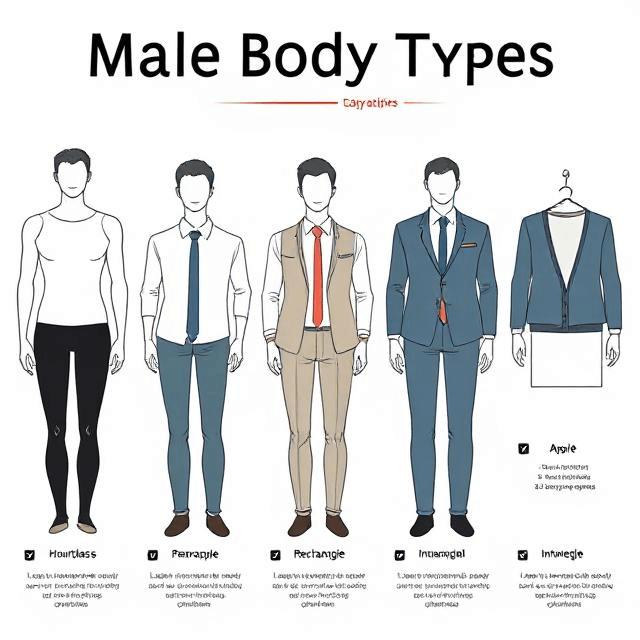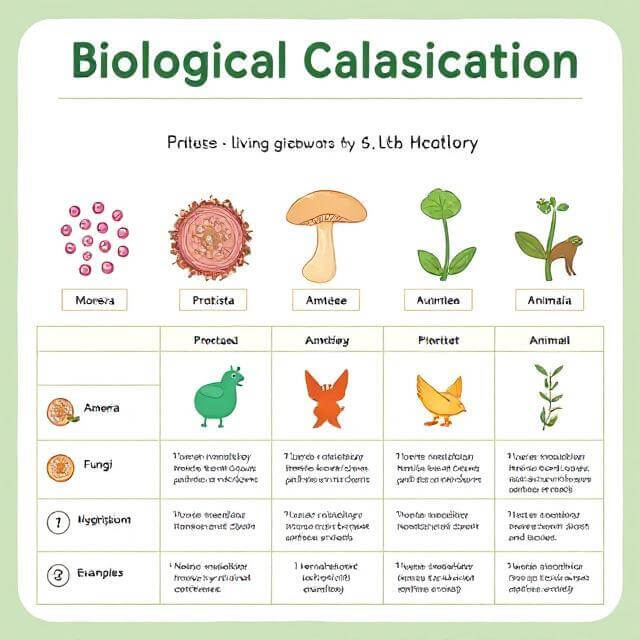How to Build Trust as a Leader: Mastering the Core of True Leadership
Introduction
What makes a leader truly stand out? Is it their intelligence, experience, or confidence? While all of these matter, one quality rises above the rest—Empathy.
At Learn Sufficient Notes, we believe that great leaders don’t just direct—they connect. Leading with empathy isn’t a weakness; it’s a superpower. In this in-depth guide, you’ll discover how empathy can make you a more respected, effective, and inspiring leader.
Let’s explore what empathetic leadership truly means and how to practice it daily.
What Is Empathetic Leadership?
Empathetic leadership means understanding and caring about what others are going through. It’s about putting yourself in your team’s shoes—not to pity them, but to understand their needs, feelings, and challenges.
Unlike traditional leadership, which often focuses only on performance and results, empathetic leaders focus on people first. And when people feel seen and valued, they naturally give their best.
Core Elements of Empathetic Leadership
- Active Listening
- Emotional Intelligence
- Compassionate Communication
- Openness and Vulnerability
- Supportive Decision-Making
Why Empathy Is Crucial in Leadership
Empathy helps build trust, improves communication, and strengthens team morale. Whether you’re managing a business, a classroom, or even a family, leading with empathy:
- Builds loyalty and reduces turnover
- Boosts team productivity
- Enhances mental health in workplaces
- Reduces misunderstandings and conflicts
- Encourages collaboration and innovation
At Learn Sufficient Notes, we often say: “When you lead with heart, success follows naturally.”
Benefits of Leading with Empathy
- Creates Psychological Safety
People feel safe to express concerns, share ideas, and be themselves. - Improves Decision-Making
Understanding others’ perspectives leads to more thoughtful choices. - Builds Stronger Relationships
Teams become more united and loyal. - Inspires and Motivates
Empathy energizes people and helps them stay committed. - Promotes Inclusion and Diversity
You learn to respect differences and create an environment where everyone belongs.
Common Misconceptions About Empathy in Leadership
Myth 1: Empathy is too emotional for leadership.
Truth: It’s not about emotional overload—it’s about emotional awareness.
Myth 2: Empathetic leaders are soft.
Truth: They’re strong but human.
Myth 3: You have to agree with everyone.
Truth: Empathy means understanding, not necessarily agreeing.
Myth 4: Empathy leads to bias.
Truth: It actually helps you make more balanced decisions.
How to Develop Empathy as a Leader (Step-by-Step Guide)
1. Practice Active Listening
Give people your full attention. Listen to understand, not just to respond.
2. Ask Questions with Curiosity
Instead of judging, ask: “How are you feeling about this?”, “What’s worrying you?”, or “How can I support you?”
3. Show You Understand
Reflect their feelings: “It sounds like you’re overwhelmed” or “That must be really tough.”
4. Share Your Own Vulnerability
Empathy grows when you show that you, too, have emotions and struggles.
5. Be Present
Avoid distractions when someone is talking. Your presence matters more than your advice.
6. Give Constructive Feedback with Care
Focus on improvement, not criticism. Combine honesty with kindness.
7. Celebrate Efforts, Not Just Results
Show appreciation for hard work, even if it didn’t lead to perfect outcomes.
Real-Life Examples of Empathetic Leaders
1. Satya Nadella (CEO, Microsoft)
He transformed Microsoft’s culture with a focus on empathy and learning.
2. Jacinda Ardern (Former PM of New Zealand)
Her calm, empathetic response to national crises earned global respect.
3. Ratan Tata (Indian Business Icon)
Known for treating his employees with deep care and respect.
At Learn Sufficient Notes, we love sharing such examples to inspire future leaders like you.
Empathy in Different Leadership Settings
1. In Business Teams
- Build culture where people feel valued.
- Better collaboration and less burnout.
2. In Classrooms
- Teachers who lead with empathy create inclusive, engaging environments.
3. At Home
- Parents who listen and understand raise emotionally stronger children.
4. In Communities
- Empathetic leaders unite people, especially in tough times.
5. In Online Spaces
- Lead virtual teams by checking in emotionally and not just for tasks.
Daily Habits to Strengthen Empathy
- Practice gratitude
- Journal your emotions
- Read stories and biographies
- Meditate for mindfulness
- Volunteer or help someone
Pro Tip from Learn Sufficient Notes: Walk a mile in someone’s shoes—every day, not just once in a while.
How to Handle Conflict with Empathy
- Don’t react immediately—pause.
- Acknowledge the emotion behind the words.
- Ask for the other person’s view.
- Speak calmly and respectfully.
- Find a middle ground.
Empathy doesn’t mean avoiding tough conversations—it means approaching them wisely.
Measuring Your Growth as an Empathetic Leader
- Ask for feedback: “Do you feel heard when we talk?”
- Reflect: “How did I handle that emotionally?”
- Observe: “Did the team feel safe and supported today?”
Powerful Quotes on Leading with Empathy
“Leadership is not about being in charge. It is about taking care of those in your charge.” — Simon Sinek
“People will forget what you said, but they will never forget how you made them feel.” — Maya Angelou
“Empathy is about finding echoes of another person in yourself.” — Mohsin Hamid
FAQs
Q1: Can empathy be taught or is it natural?
A: It can definitely be learned and developed with practice.
Q2: Will people take advantage of my empathy?
A: Empathy isn’t about being a pushover—it’s about being aware and balanced.
Q3: How can I balance empathy and discipline?
A: By being firm with rules but kind with your tone and words.
Q4: How do I develop empathy if I’m very logical?
A: Try listening to emotional stories, practicing mindfulness, and reflecting more.
Q5: Does empathetic leadership work in competitive industries?
A: Yes! It boosts performance, loyalty, and innovation.
Q6: What’s the difference between empathy and sympathy?
A: Empathy is understanding someone’s feelings; sympathy is feeling sorry for them.
Q7: Can empathy be dangerous in leadership?
A: Only if it’s unbalanced. Use empathy with healthy boundaries.
Q8: How can teachers use empathy in classrooms?
A: By listening to students, being patient, and adapting to their needs.
Q9: Is empathy the same as emotional intelligence?
A: Empathy is a part of emotional intelligence.
Q10: Can empathy help during a company crisis?
A: Absolutely! It builds trust and calm, even in uncertainty.
Conclusion: Empathy Is the Future of Leadership
In the modern world, the most effective leaders lead not with fear or power—but with empathy. It’s a quiet strength that builds deep respect and real change.
So whether you’re leading a team, teaching a class, or supporting your family, remember:
Lead with your heart, and the mind will follow.
Visit Learn Sufficient Notes to discover more life-changing guides, leadership wisdom, and personal growth tools. Let’s create a better world—one empathetic leader at a time.
Stay connected with Learn Sufficient Notes
For more real-world lessons and leadership tools, bookmark https://sufficientnotes.com today!






